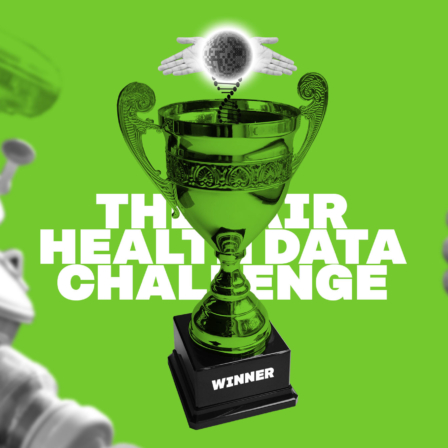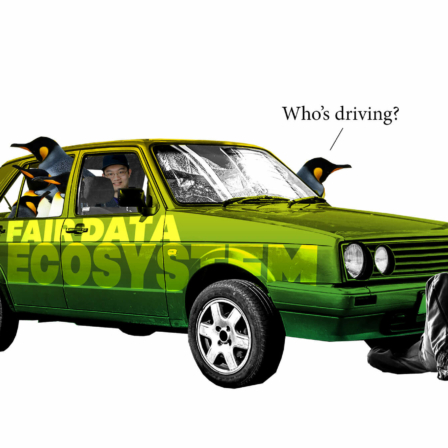I was recently at an OECD innovation conference in Paris. Everyone was talking about data and a customer-centric approach as a goal. In Finland and Estonia, that stage has already been passed, and the states are operating on a shared decentralised platform. Two independent states using a shared platform? This should not be possible with independent states eager to underline their own excellence. What happened? How? And why?
The answers lie behind the eastern border, as they so often do in Finnish history. When the Soviet Union collapsed, Estonia declared itself an independent state once more. The state had no established structures, so they had to be created. An administration formed of young people swiftly began to look for the best possible administrative model and technique. The starting point was to quickly copy the best practices used in other states.
After sifting through the top international digital solutions for different branches of administration, it was time to tally up the costs. The total price of the components they would have to buy from enterprises exceeded the Estonian state budget by more than ten times. This was not an option.
To the top of digital development through mutual learning
Open-minded operators developed the X-Road data exchange layer for the transmission of information, and the system for identifying users was copied from Finland. At the time, the identity card was the most progressive solution for identification. In this way, Estonia started to build its society upon the decentralised X-Road. In fact, the system is an internet within the internet. The process was straightforward, with an occasional shortcut.
At the same time in Finland, the solutions being created under municipal self-rule and independent governmental ministries were very fragmented, each operator holding their own opinion on how to make things work. Various development programmes for digitisation were created here and there. Money was being spent and some kind of progress was happening, but in bits and pieces. No one was in charge of the big picture. Sitra was also involved in places.
In spring and summer 2012, we reviewed Estonia’s system and saw that it was working and a potential solution for the fragmented situation in Finland, and the data exchange layer X-Road could serve as a sustainable basis for long-term development in Finland and across borders. Many conversations with Toomas Hendrik Ilves, the President of Estonia at the time, solidified our impression of the goal. The data exchange layer X-Road was a way to digitise services in a citizen-oriented way, first in Finland and then in Estonia. Now these two states have been added to the platform it is time to expand to the rest of Europe.
Data exchange layer provides a foundation for developing digital services in Finland and abroad
Sitra’s participation in the ICT 2015 project (link in Finnish) opened up an opportunity to take matters further. After several stages, the National Service Architecture project was established. During this project, legislation was created and the necessary infrastructure established. For citizens, the result is the Suomi.fi service that was completed on schedule and, thanks to a realistic plan, stayed under budget, as was recently reported (link in Finnish). The data exchange layer enables the systematic development of digital services throughout our society and across the border with Estonia.
The groundwork is as good as it can be anywhere in the world. We can proceed swiftly with the development of all digital services. We are only taking the first steps, but now there is a strong foundation we can rely on. Also, a European platform is now potentially a viable option. We need to be determined in our work.
Without Sitra’s efforts and experiments, the platform would never have been created. We at Sitra are already working on the next stage of development: we need to take control of our own data with MyData, but we need to do it on an international platform we can export. After all, we are building the future!

















Recommended
Have some more.